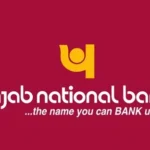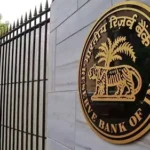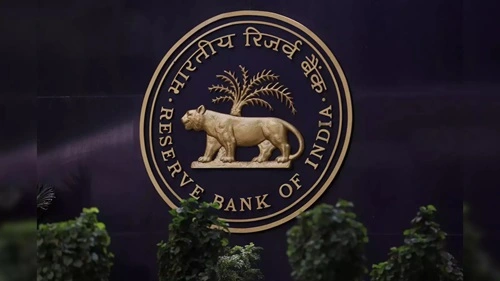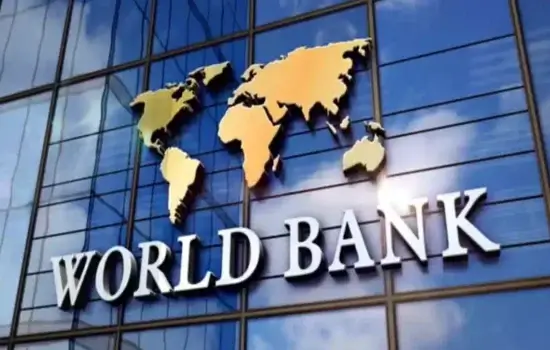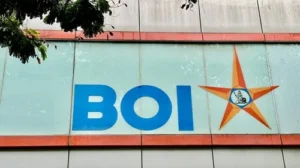Axis Bank, one of India’s leading private sector banks, has solidified its position in the financial industry through consistent performance and a robust product portfolio. As of 2024, the bank continues to be a critical player in the Indian banking landscape, known for its innovation in digital banking and wide array of financial services. However, like any other institution, Axis Bank faces several internal and external factors that influence its market position. This SWOT analysis delves into the strengths, weaknesses, opportunities, and threats impacting Axis Bank in 2024.
Current Overview of Axis Bank
Axis Bank operates a vast network of branches and ATMs across India, serving millions of customers from different segments, including retail, corporate, and agricultural sectors. The bank has shown significant growth in digital banking, with a focus on improving customer experience through technology. Despite its strong market presence, Axis Bank faces stiff competition from other private sector banks such as ICICI Bank and HDFC Bank, as well as public sector giants like State Bank of India (SBI). The economic environment, regulatory changes, and advancements in technology continue to shape the bank’s strategies.
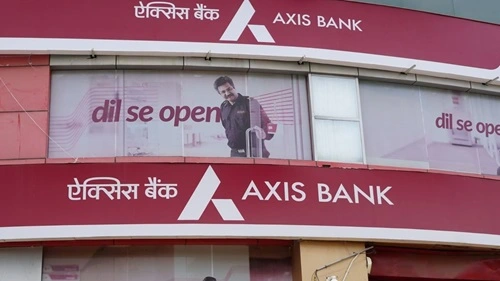
Strengths
1. Established Brand and Reputation: Axis Bank has built a strong brand reputation over the years, known for its reliability and trustworthiness. Its extensive network of branches and ATMs enhances its accessibility and customer reach across urban and rural India.
2. Diverse Product Portfolio: The bank offers a wide range of financial products and services, including retail banking, corporate banking, and agricultural loans. This diversity allows Axis Bank to cater to various customer segments and spread its risk across different sectors.
3. Technological Innovation: Axis Bank has been at the forefront of adopting digital technologies. Its robust online banking platforms, mobile applications, and digital payment solutions have significantly enhanced customer convenience and operational efficiency.
4. Strong Distribution Network: With a large number of branches, ATMs, and a growing presence in semi-urban and rural areas, Axis Bank ensures that its services are easily accessible to a broad customer base.
Weaknesses
1. Overdependence on Corporate Lending: Axis Bank’s heavy reliance on corporate lending poses a risk, especially during economic downturns. Any negative impact on corporate credit quality can directly affect the bank’s profitability.
2. Customer Service Challenges: Despite its technological advancements, Axis Bank has faced criticism for customer service issues, including long wait times and inefficient grievance redressal processes. This has impacted customer satisfaction and loyalty.
3. Limited International Presence: Compared to some of its competitors, Axis Bank has a relatively smaller international footprint, which limits its exposure to global markets and diversification opportunities.
Opportunities
1. Expansion into Rural and Semi-Urban Markets: India’s rural and semi-urban markets offer significant growth potential. By expanding its branch network and tailoring its products to meet the needs of these regions, Axis Bank can tap into new customer segments and drive growth.
2. Leveraging Digital Banking Growth: With the increasing adoption of digital banking in India, Axis Bank has an opportunity to further enhance its digital offerings. Investing in user-friendly apps and online platforms can help attract tech-savvy customers and improve customer engagement.
3. Strategic Collaborations: Forming partnerships with fintech companies and other financial institutions can provide Axis Bank with access to innovative technologies and new markets. Collaborations can also help the bank offer more comprehensive financial solutions to its customers.
Threats
1. Intense Competition: Axis Bank faces fierce competition from both private and public sector banks in India. This intense competition puts pressure on the bank to continuously innovate and maintain its market share.
2. Regulatory Changes: The banking sector in India is heavily regulated, and frequent changes in regulations can impact Axis Bank’s operations. Adapting to new regulatory requirements can be costly and time-consuming.
3. Economic Uncertainty: Economic downturns and fluctuations in the global market can affect the credit quality of Axis Bank’s borrowers, particularly in the corporate sector, leading to increased non-performing assets (NPAs) and reduced profitability.
Conclusion
Axis Bank’s strong brand, diversified product offerings, and technological innovations position it well in the competitive Indian banking sector. However, the bank must address its weaknesses, particularly in customer service and reliance on corporate lending, to maintain its market position. By capitalizing on opportunities in rural expansion, digital banking, and strategic partnerships, Axis Bank can continue to grow and thrive in the ever-evolving financial landscape. Nonetheless, the bank must remain vigilant against external threats such as competition, regulatory changes, and economic instability to ensure sustained success in 2024 and beyond.
